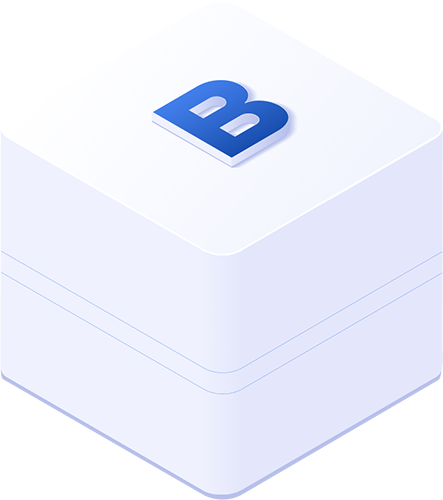Home – IELTS
The International English Language Testing System (IELTS) is your gateway to English proficiency recognized across the globe. Established in 1989, IELTS is embraced by over 7,000 organizations worldwide, including universities, immigration departments, government agencies, professional bodies, and multinational companies. It’s jointly owned by the British Council, IDP: IELTS Australia, and the University of Cambridge ESOL Examinations (Cambridge ESOL), and is offered through a vast network of over 800 test centers spanning more than 130 countries.


Designed for students aspiring to study at the tertiary level in an English-speaking country..

Tailored for those seeking work experience, training programs, secondary school enrollment, or migration to an English-speaking country. All candidates undertake the same Listening and Speaking tests, but the Reading and Writing tests differ based on the chosen version. As a student, you will take the Academic version of the exam. Similar to the TOEFL, IELTS consists of four main sections. Listening (30 minutes) Reading (60 minutes) Writing (60 minutes) Speaking (11–14 minutes) The total test time is 2 hours and 45 minutes. Listening, Reading, and Writing are completed in a single sitting, while the Speaking test may occur on the same day or within seven days before or after the other tests
The Listening module comprises four sections. Each section begins with an introduction that provides context about the situation and speakers. Candidates receive some time to review the questions. The first three sections have a break in the middle, allowing candidates to glance at the remaining questions. Each section is played only once.
In the academic module, the reading test consists of three sections, with three texts followed by 13 or 14 questions, totaling 40 questions. The General test also has three sections, but the texts are shorter, with up to 5 texts to read.
In the Academic module, there are two tasks: Task 1 requires candidates to describe a diagram, graph, process, or chart, while Task 2 involves responding to an argument. Task 1 should be around 150 words, while Task 2 should be 250 words. The General writing test also includes two sections (tasks), with the key difference in Task 1. General writing Task 1 asks test takers to write a letter describing a situation, evaluating, or complaining about an issue. Specific timing and word counts apply.
The Speaking test is divided into three sections. The first section involves an interview where candidates may be asked about their hobbies, interests, reasons for taking the IELTS exam, and general topics like clothing, free time, computers, the internet, or family. In the second section, candidates are presented with a topic card, given one minute to prepare, and then asked to speak about the given topic. The third section involves a discussion between the examiner and the candidate, often related to the theme from part 2. This final section is considered the most challenging.
IELTS is scored on a nine-band scale, with each band corresponding to a specified competence level in English. Overall Band Scores are reported to the nearest half band. The nine bands are described as follows:
IELTS is more than an exam; it’s a pathway to global opportunities. At MET LTD, we are dedicated to preparing you for IELTS success, ensuring that you not only meet but exceed the English language requirements of the world’s top institutions and organizations
Pioneers in Nigerian International Education Consulting, endorsed by British Airways. Over 12,000 success stories in American Universities.
© 2023 Designed and Developed by Landigital